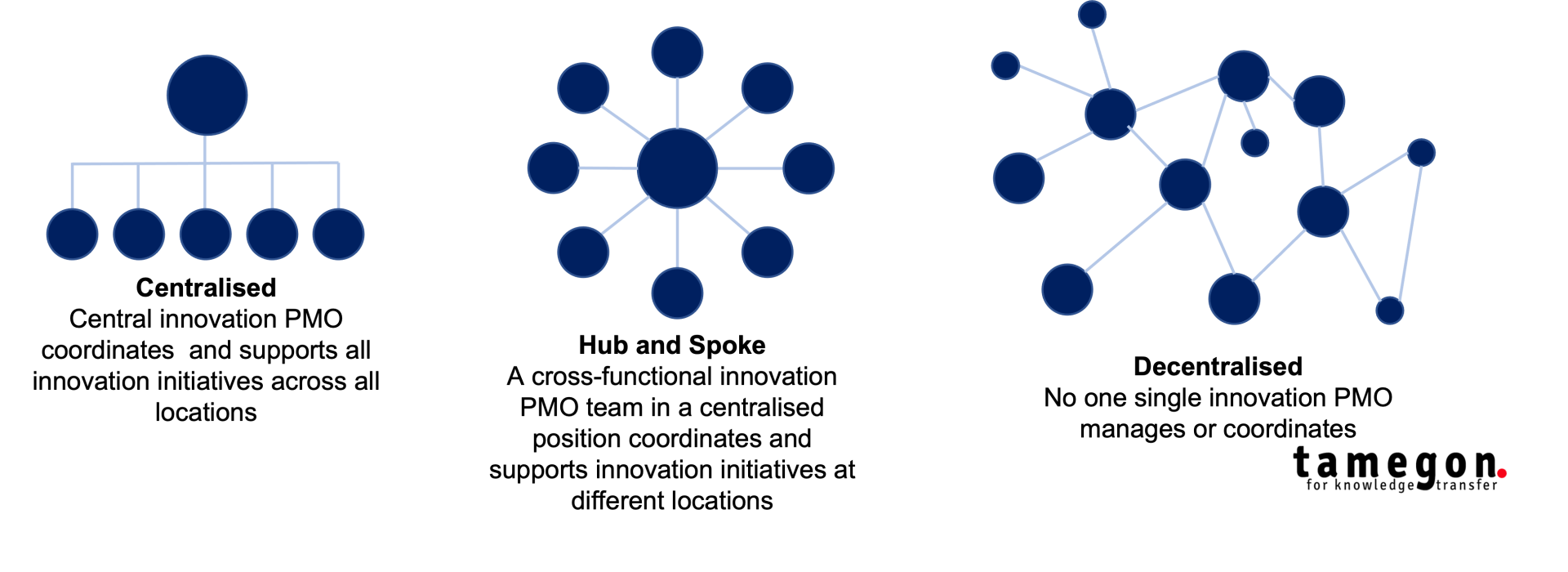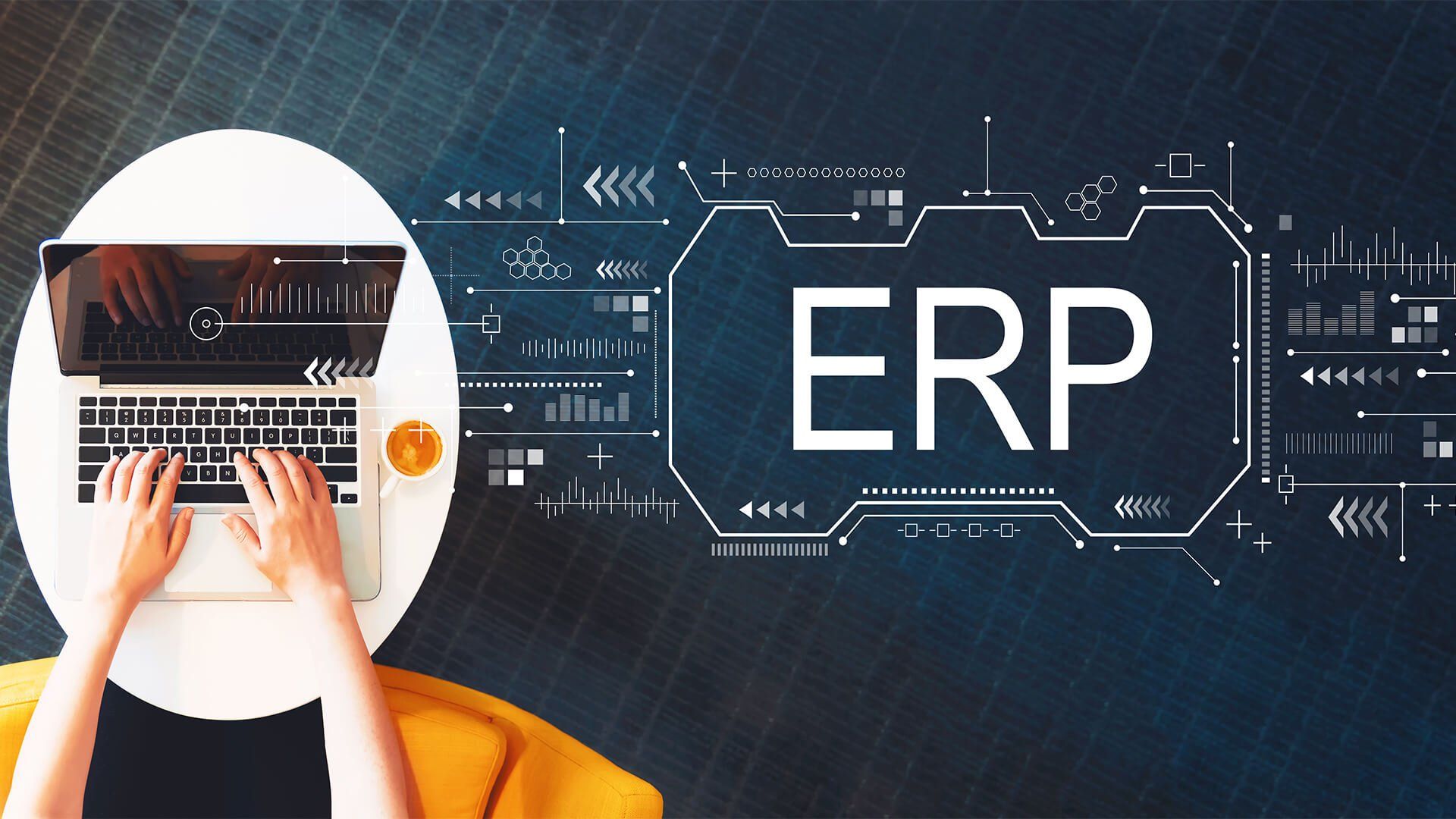What organisational structures and skills should an innovation PMO have?
Dr Costas Chryssou
February 27, 2022
tamegon Innovation and Growth Advisory Firm
In one of my recent articles (https://www.linkedin.com/pulse/can-pmo-structure-support-innovation-process-costas-chryssou/, about how the PMO can support the innovation process, I mentioned that an innovation PMO can play a vital role as an integrator, supporting and being involved in the innovation management process by
- taking a portfolio approach to innovation,
- being involved more in the 'fuzzy front end' of the innovation process, and
- becoming a Centre of Excellence for innovation within the organisation.
The above points beg the question; what organisational structures should the innovation PMO consider having and what skills and experience should its staff possess in order to support all of the above requirements?
Of course there is not a single innovation PMO structure that will be right for all organisations; 'one size does not fit all'. PMO structures will very much depend on the size of the organisation, its culture, and its geographical, market and product or service spread.

There is always going to be a trade-off between centralised and decentralised structures as well as possible hybrid approaches such as the 'hub and spoke' innovation PMO that need to be considered for a balanced approach to be achieved.
- A centralised innovation PMO could allow the executive team to retain greater control over the PMO's activities and hence ensure strong alignment with corporate strategy (key to successful and value adding change initiatives). By centrally controlling the portfolio of innovation initiatives the organisation could engage with larger transformational programmes addressing cross-organisational issues and market challenges with greater speed. However, as it is the case with most centralised structures, the programmes and projects initiated by the innovation PMO may not be aligned with the individual needs of the local business units and more importantly, resistance to change may be higher due to difficulties in stakeholder engagement and conflicting objectives/agendas. Establishing metrics to measure PMO performance may not be so straightforward either, since balancing corporate and local needs can be a challenging endeavour.
- On the other hand, a decentralised innovation PMO could enable the organisation to be better in-tune with the local business unit needs. The decentralised innovation PMO could also allow the organisation to be more agile in pursuing the 'right' opportunities due to easier access to the 'right' people at the 'right' time. Importantly, embedding change (an Achilles' heel of any successful change initiative) can be enhanced by the local knowledge of change managers and sponsors. Furthermore, a decentralised PMO structure will enable the pursuit of smaller and local business opportunities. As expected, a decentralised structure for an innovation PMO, may lack strong alignment with corporate strategy, and may be limited in terms of the financial and other resources it can access from central budgets.
- A 'hub and spoke' innovation PMO could in theory address the above challenges of the centralised and decentralised innovation PMO structures and build on their individual advantages. It could, for example, achieve a balanced strategic alignment between the corporate and local business units and allow the local business needs to be better addressed compared to a centralised innovation PMO structure. It could further enable the local business units to drive and lead their own corporate change initiatives and achieve better access to necessary resources (human and financial). However, such a 'hub and spoke' structure could increase the bureaucratic overhead of the innovation PMO since the change initiatives will not be effectively executed without an administrative function that maintains links between the hub and the spokes.
Regardless of its structure, an innovation PMO should aim to shape some order around the creative innovation process and effectively support it.
"…the best innovations are developed in unofficial skunk works off the radar in dark sheds…"
Ideas sometimes fail to be translated to commercial opportunities due to the length of time it takes to be developed and lack of visibility leading to lack of resources and support behind them which may result in missed opportunities for the business. It is particularly these projects that an innovation PMO can support.
From our recent experience, a large financial institution, pro-actively supports and encourages small dedicated teams to pursue innovative ideas, off the radar, in 'dark sheds' which are then presented to senior management and the most attractive projects are then selected and further developed, leading to some successful ideas being implemented in the market place as new services or products helping the organisation to maintain their product leadership position in a very crowded market.
In order to be successful and value-adding, the innovation PMO staff need to possess specific skills and have product and service development experience. The skills of the innovation PMO staff should be particularly broad encompassing business, technology (if applicable) and project management.
Innovation PMO staff should have entrepreneurial and business acumen skills; they should be able to identify, assess and match potential market opportunities with internal development initiatives (or vice versa) linking open innovation opportunities to enable the organisation to acquire necessary IP and technologies to develop and launch new products or services and reducing time to market.
I welcome your views and comments.

Costas Chryssou
MBA, PhD
Founder and Managing Director
Sign up for our
articles
Sign up to our newsletter











